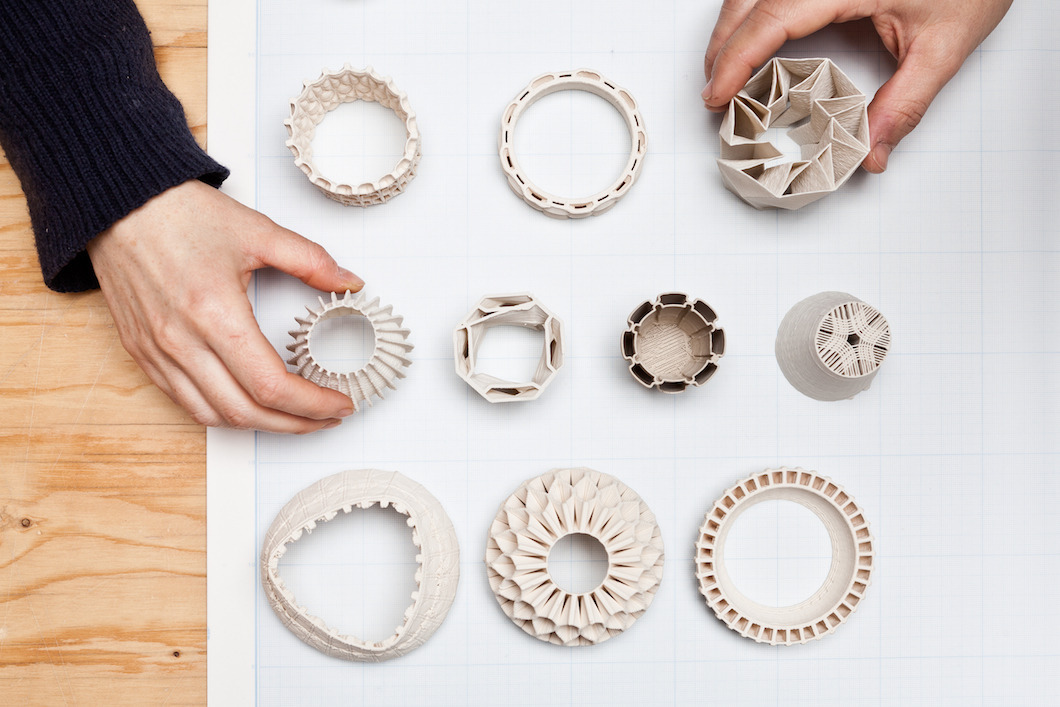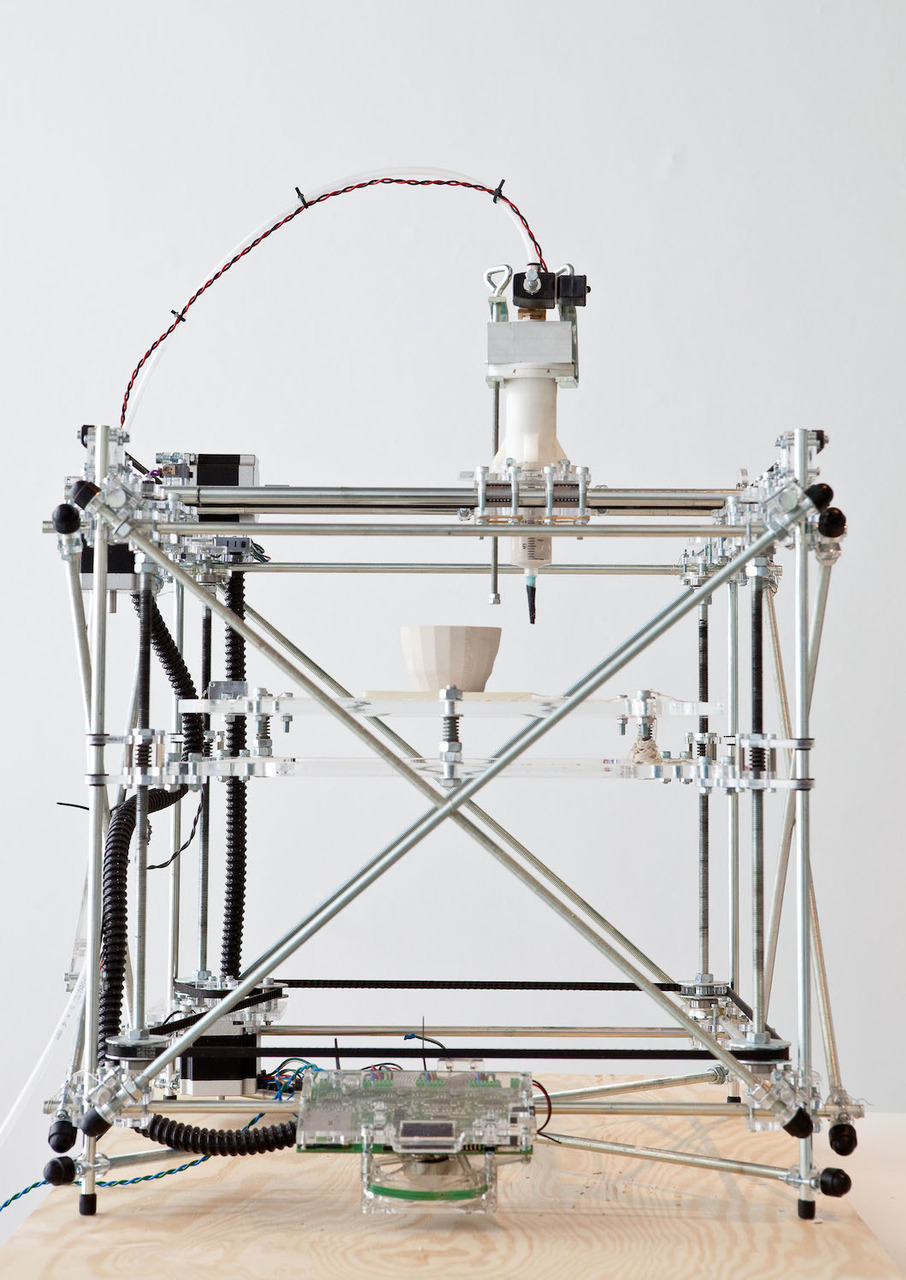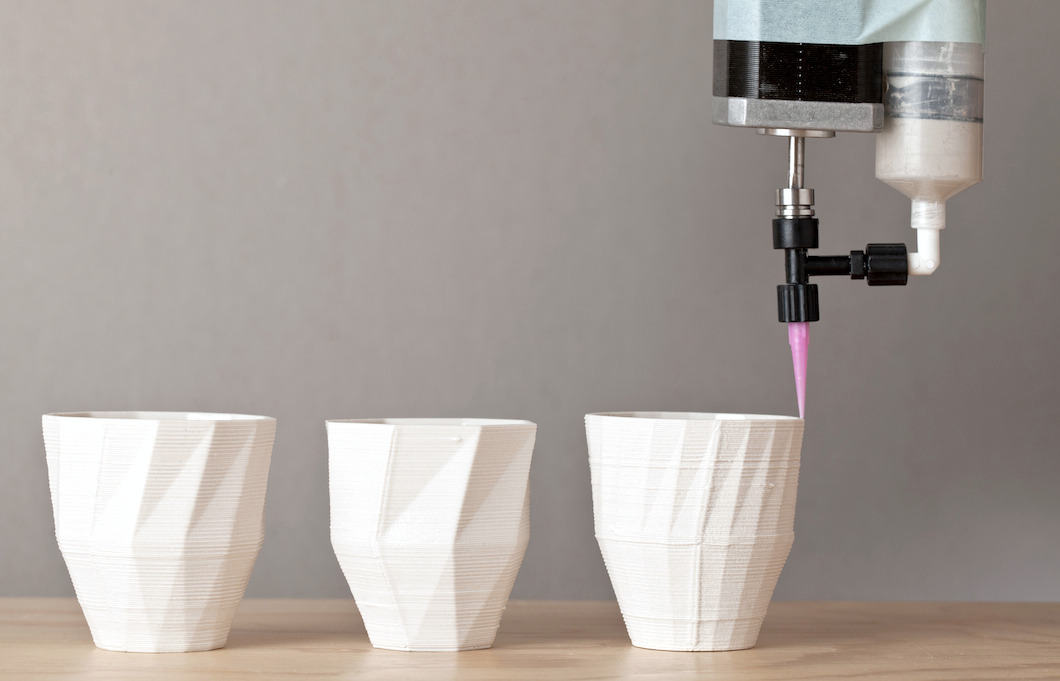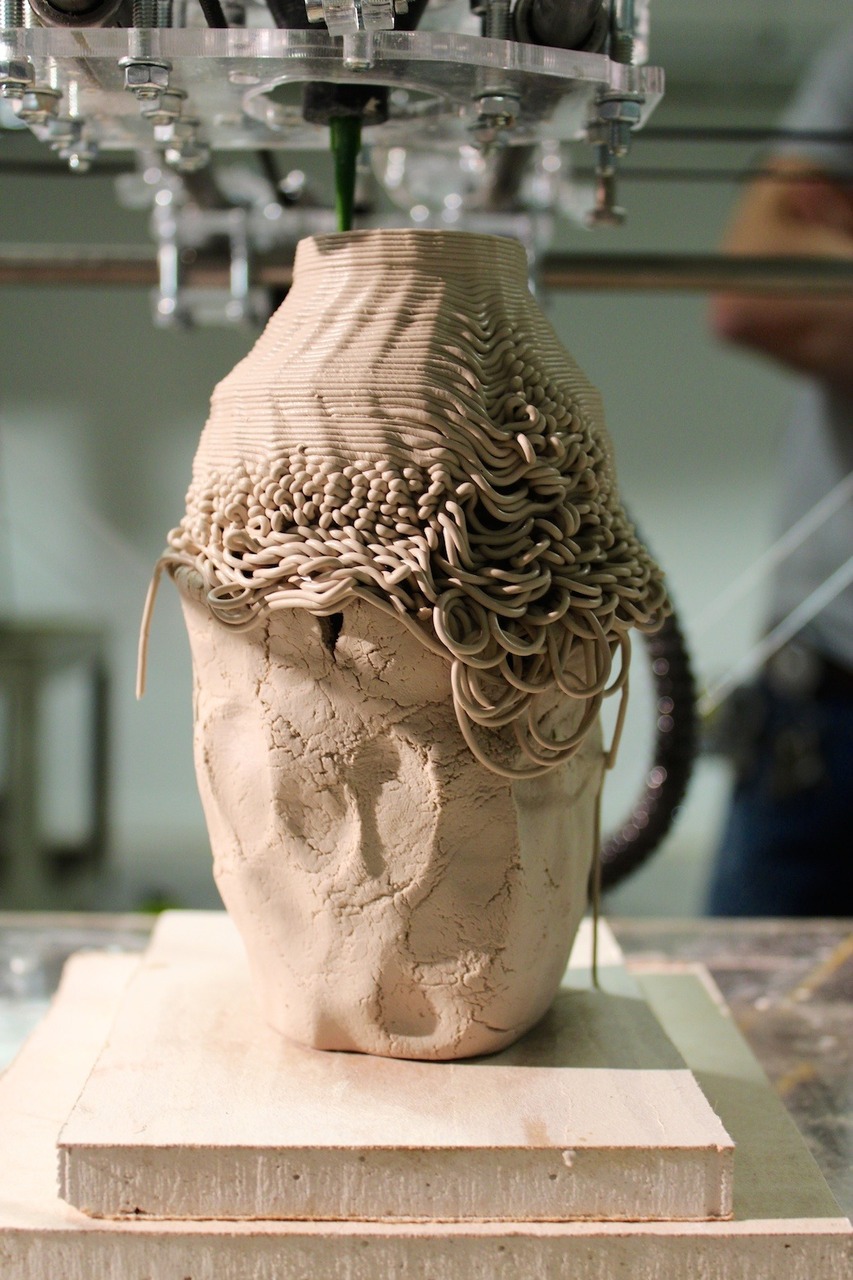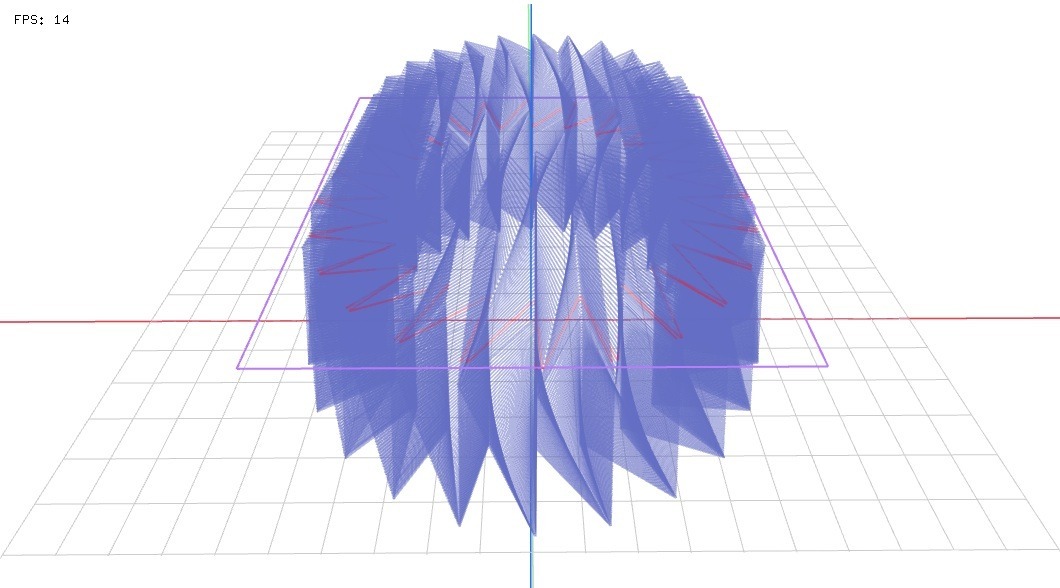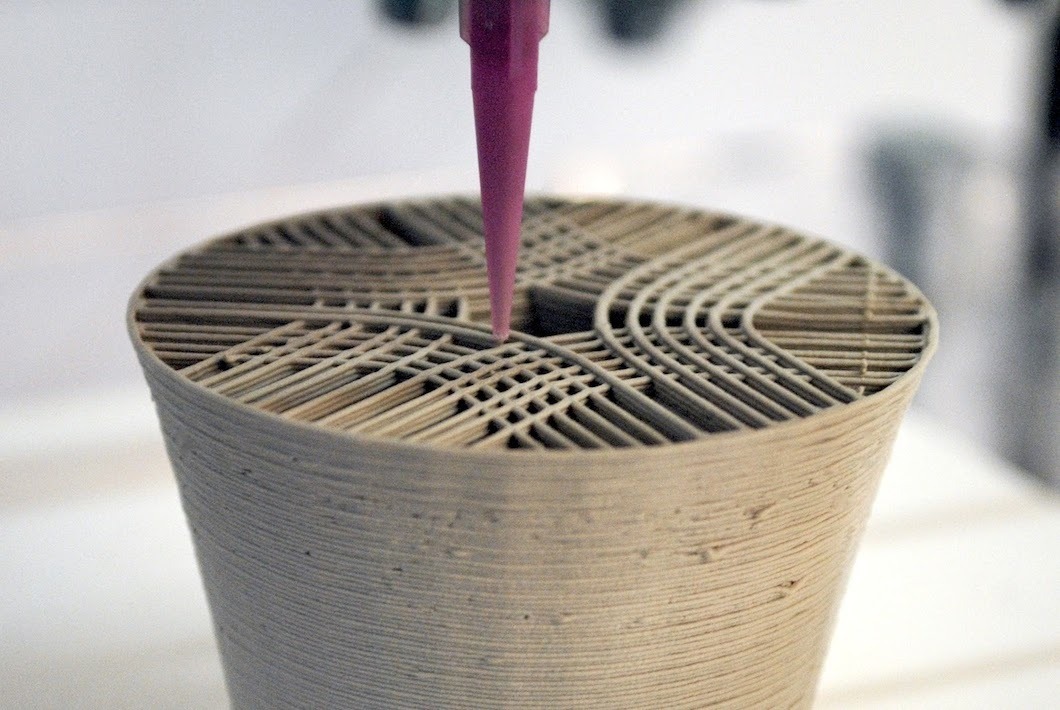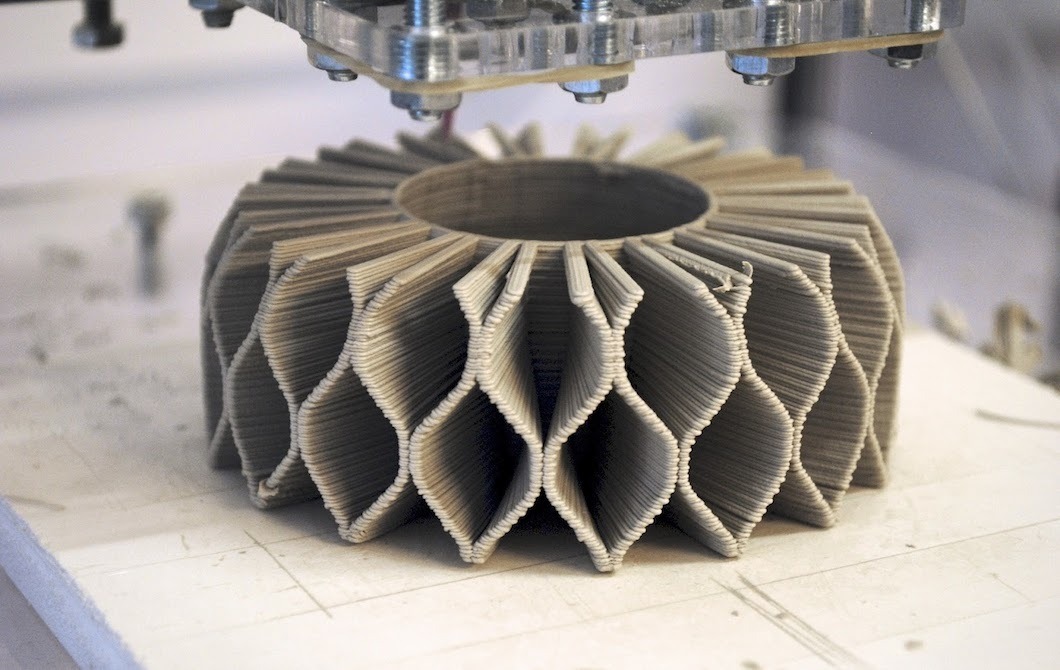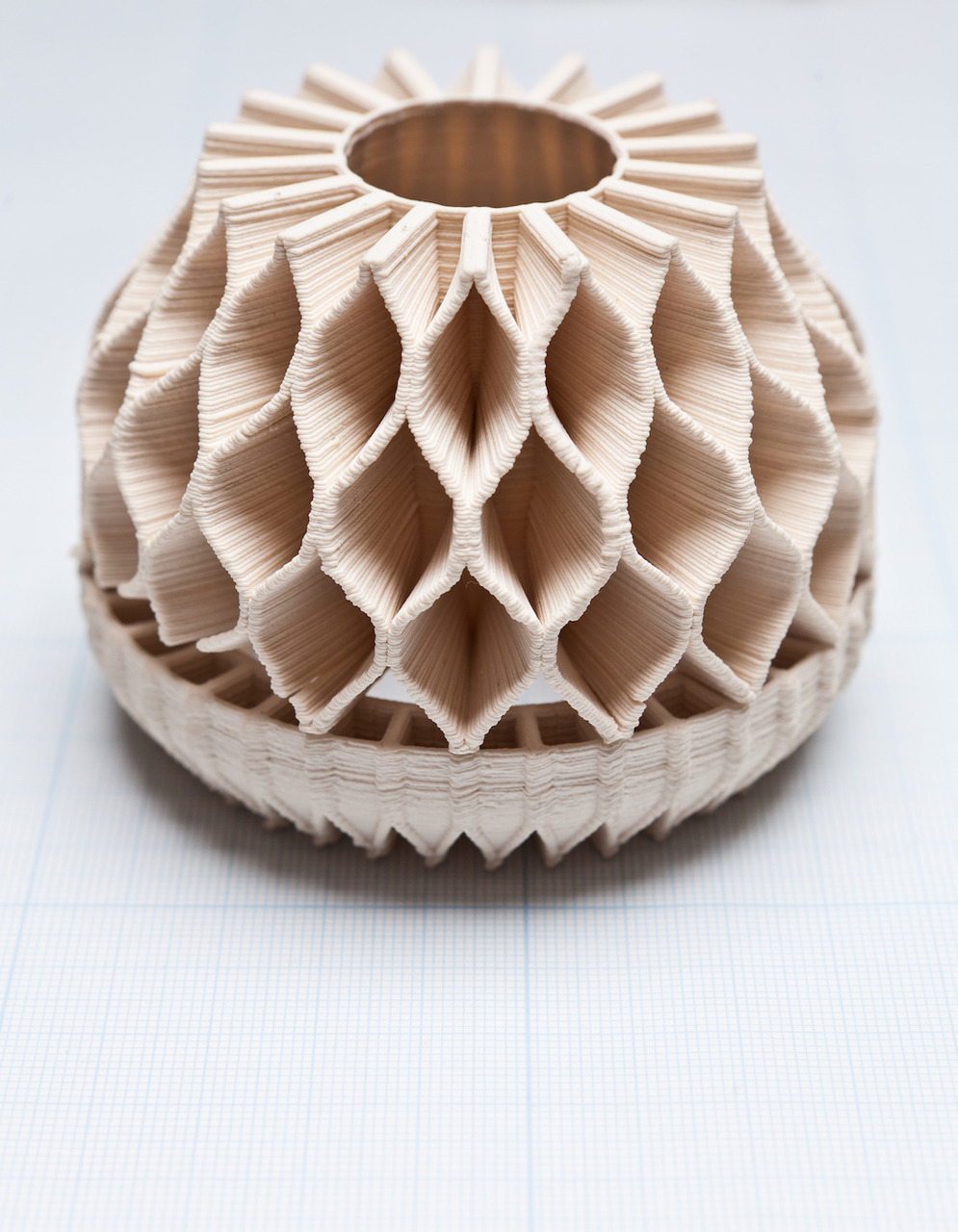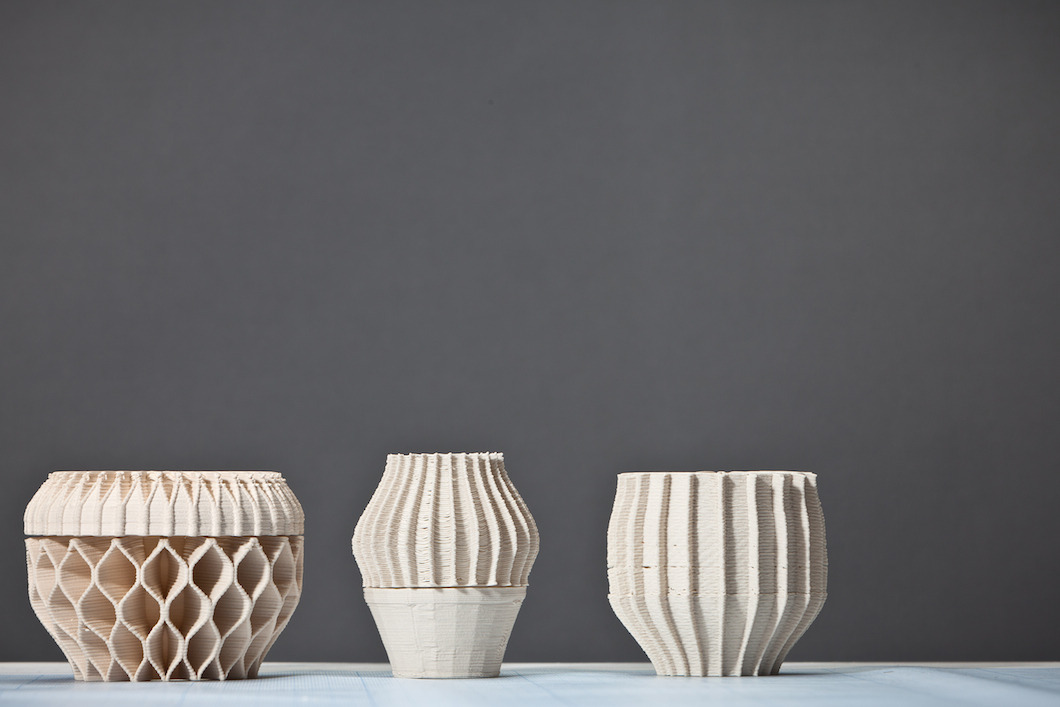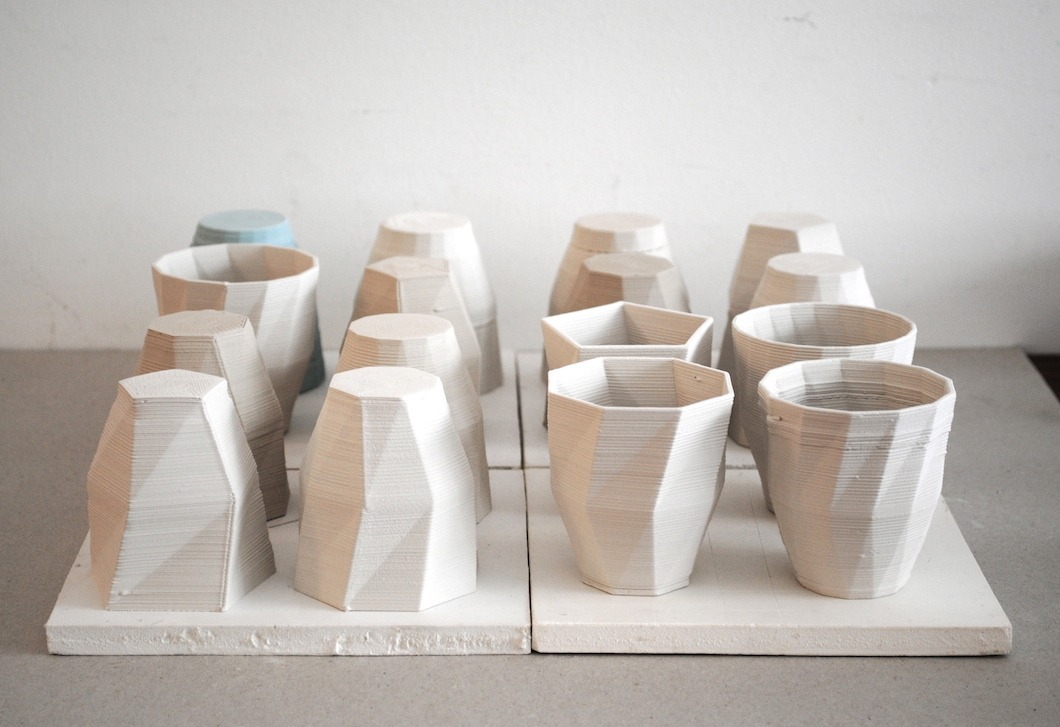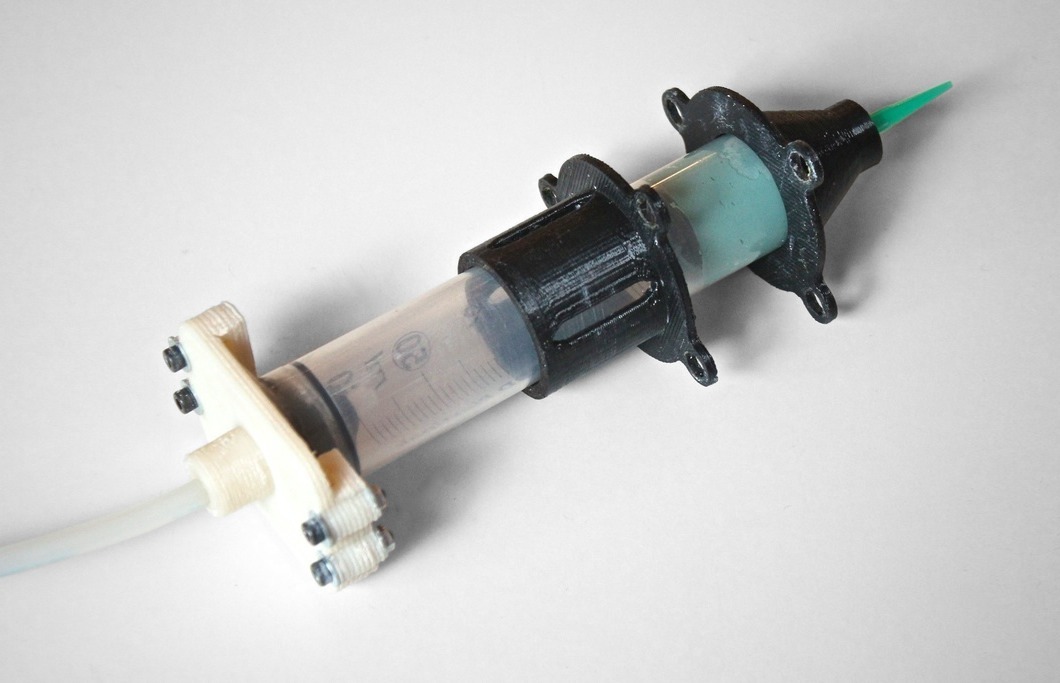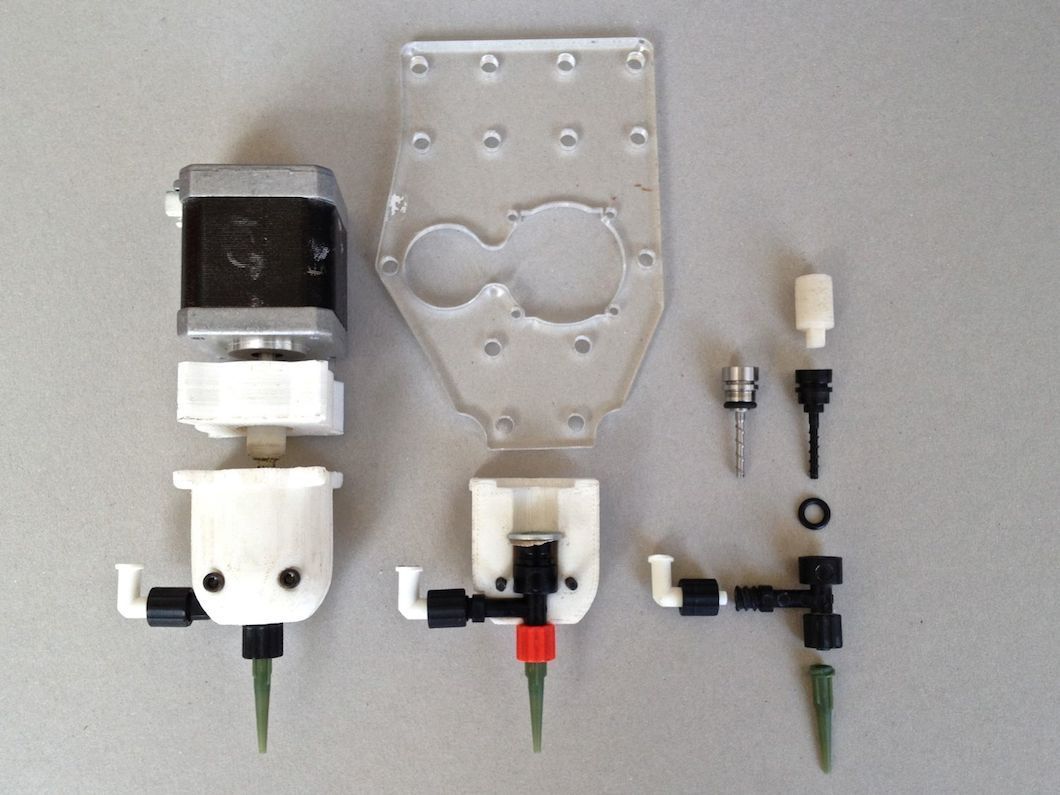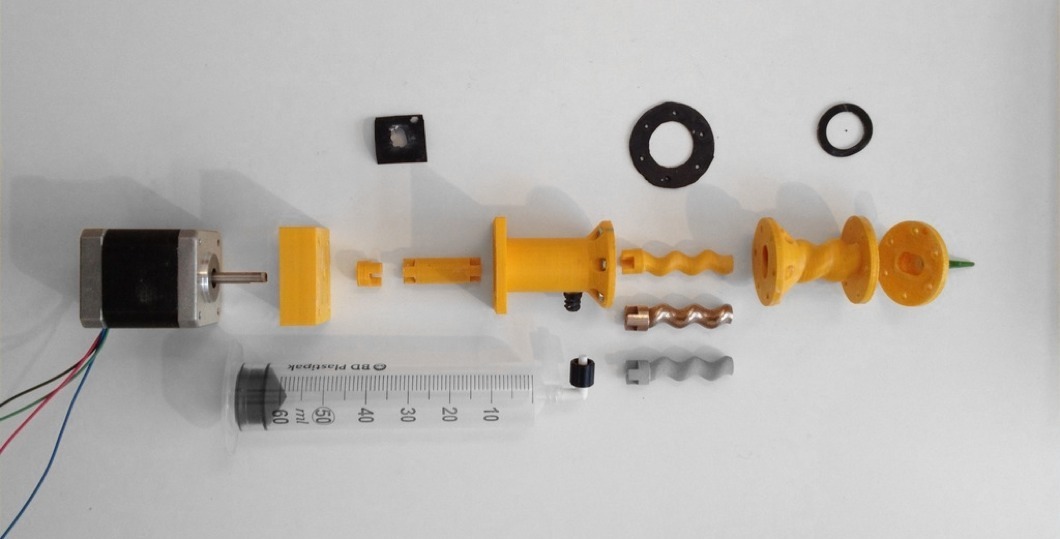From knife to hammer to 3d printer, the
influence of tools on a design is not to be underestimated. Yet for
a long time the instruments of production were closed systems. This
is now changing. Following the personal computer and a range of
digital advances, the advent of the personal fabricator has
provoked a revival of the idea of “making your own
things.” There is a new species of design, semi-industrial
craft, and although the definition of craft often refers to work by
hand, in this context it reflects a renewed interest in building
knowledge through repetition and practice of a skilled trade using
the aid of tools.
From knife to hammer
to 3d printer, the influence of tools on a design is not to be
underestimated. Yet for a long time the instruments of production
were closed systems. This is now changing. Following the personal
computer and a range of digital advances, the advent of the
personal fabricator has provoked a revival of the idea of
“making your own things.” There is a new species of
design, semi-industrial craft, and although the definition of craft
often refers to work by hand, in this context it reflects a renewed
interest in building knowledge through repetition and practice of a
skilled trade using the aid of tools.
Unfold’s 3d printing process for ceramics not only harnesses
the potential of new technology and materials but also projects the
past history of specific techniques into the future. The printer
has a great resonance with the way traditional potters handled
clay, however because of its ability to produce such fine layers,
new forms are possible.
Together with
Tim Knapen Unfold
developed custom software that allows detailed line level control,
unlocking a new form language in 3d printing.
The ceramic 3d printer has been integrated as part of Unfold's
installations
L’Artisan
Électronique -where it made its first appearance- and
Stratigraphic
Manufactury and has been used for producing ceramics for
The Peddler,
Open Source
Waterfilters and
Stratigraphic Porcelain.
The ceramic 3d printing process pioneered by Unfold in 2009 is
based on the open source
RepRap
project, the various ceramic extruders currently developed would
not have been possible without the work done in the RepRap
community. All our development on the ceramic 3d printing process
is documented under a Creative Commons license at the
Unfold Fab blog.
Over the past years Unfold has been actively diffusing this new
method for producing ceramics by assisting artists, designers,
universities and institutes worldwide to setup their own ceramic 3d
printers based on our open system. This includes (amongst others):
Jonathan
Keep -who himself assisted many more- (UK),
Cranbrook Academy
of Art, Detroit (US),
EKWC/European Ceramic Workcentre
(NL),
Hyperwerk Institute for
Postindustrial Design (CH),
Academy
of Fine Arts Saarbruecken (DE),
Colorado State University(US),
Alfred University (US),
Eran Gal Or / Studio Under (IL), FabLab Zuid-Limburg (NL),
University of West
England/Centre for Fine Print Research, Bristol (UK),
VHL, University of Applied
Sciences (NL) and all artists involved in the
Stratigraphic Manufactury
project.
Together with
Jonathan
Keep, Unfold initiated
Make Your Own Ceramic 3D Printer,
an online community dedicated to sharing and developing ideas
around ceramic 3d printing. With the demise of Google+ in 2019 the
community migrated to Wikifactory adding
Tom Lauerman as a third admin.
Many thanks to the team at
WikiFactory for making this
transition happen.
You can find the community at
wikifactory.com/+Ceramic3DPrinting
fig. 01-05: photography by Kristof Vrancken
fig. 06-13: photography by Unfold
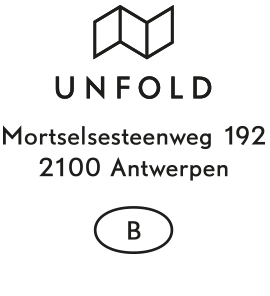 contact
contact